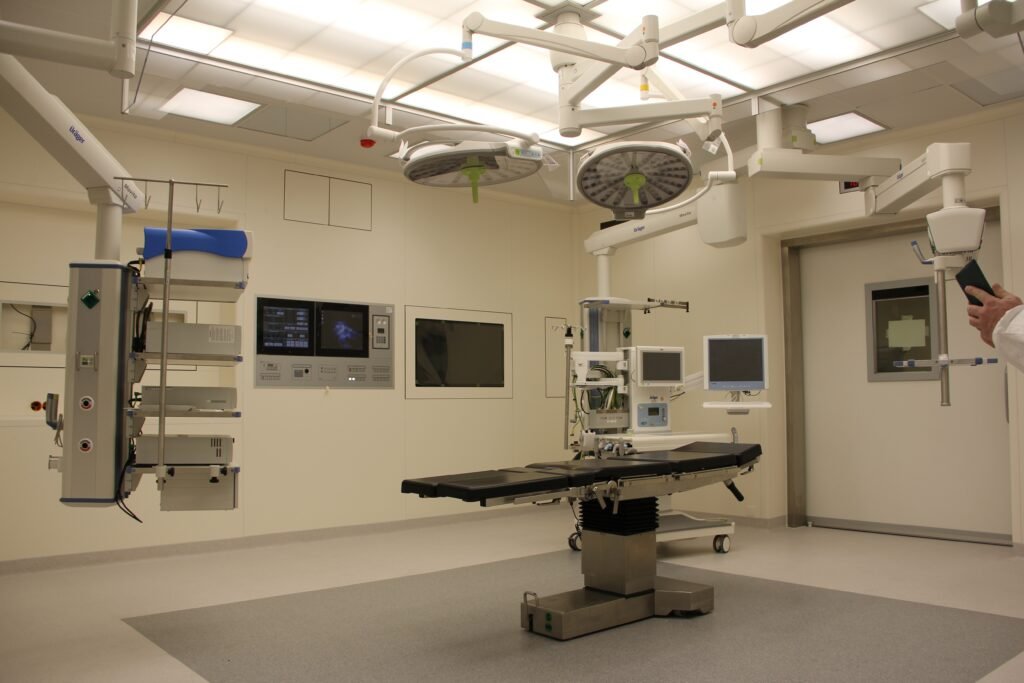In the ever-evolving world of healthcare, the term medical device encompasses a broad spectrum of instruments, apparatus, and technologies designed to diagnose, prevent, monitor, treat, or alleviate health conditions. This article delves into how medical device innovation, under a strict regulatory framework, is reshaping modern healthcare.
Medical Devices and Equipment: The Backbone of Modern Medicine
Medical devices and equipment range from simple tongue depressors to high-risk medical devices like implantable defibrillators. In today’s healthcare landscape, these devices play a crucial role, driven by a rigorous medical device regulation system. This regulatory framework, often directed by bodies such as the European Commission and various member states, ensures the safety and efficacy of these essential tools.
In Vitro Diagnostic Devices: A Leap in Medical Diagnostics
In vitro diagnostic (IVD) medical devices have revolutionized diagnostics, allowing for more precise and timely detection of diseases. These devices, including those used for blood pressure measuring and other critical diagnostics, are subject to stringent controls and a specific classification system under the directive of the European Parliament and the Council.
The Role of AI and Digital Health in Medical Devices
Artificial intelligence is swiftly becoming a cornerstone in the development of new medical devices. From software as a medical device to AI-powered diagnostic tools, these innovations are enhancing both the safety and performance of medical devices. Especially in low-resource settings, such AI-driven health technologies bring transformative solutions.
Innovative Health Technologies for Global Challenges
The global harmonization task force and various competent authorities are focusing on the development and deployment of innovative health technologies, particularly in low- and middle-income countries. This includes a list of priority medical devices and a framework for medical devices that are vital for a robust health system.
Regulation and Compliance: Ensuring Device Safety and Effectiveness
Every medical device, from single-use medical devices to advanced implantable devices, must undergo a conformity assessment to demonstrate that the device meets the intended purpose and principal intended action. Notified bodies and competent authorities, like the European Medicines Agency (EMA), play a pivotal role in this process.
Read More about at General Tops
Conclusion:
The journey of medical device innovation is a testament to human ingenuity and dedication to improving healthcare outcomes. From the simple yet essential medical equipment to the complex high-risk medical devices, each plays a vital role in the health system. With the support of a robust regulatory framework, the future of medical device innovation promises not only enhanced safety and effectiveness but also a more responsive and resilient healthcare landscape worldwide.
This article integrates the provided keywords and concepts, maintaining a balance between complexity and readability, thus adhering to the principles of perplexity and burstiness.
